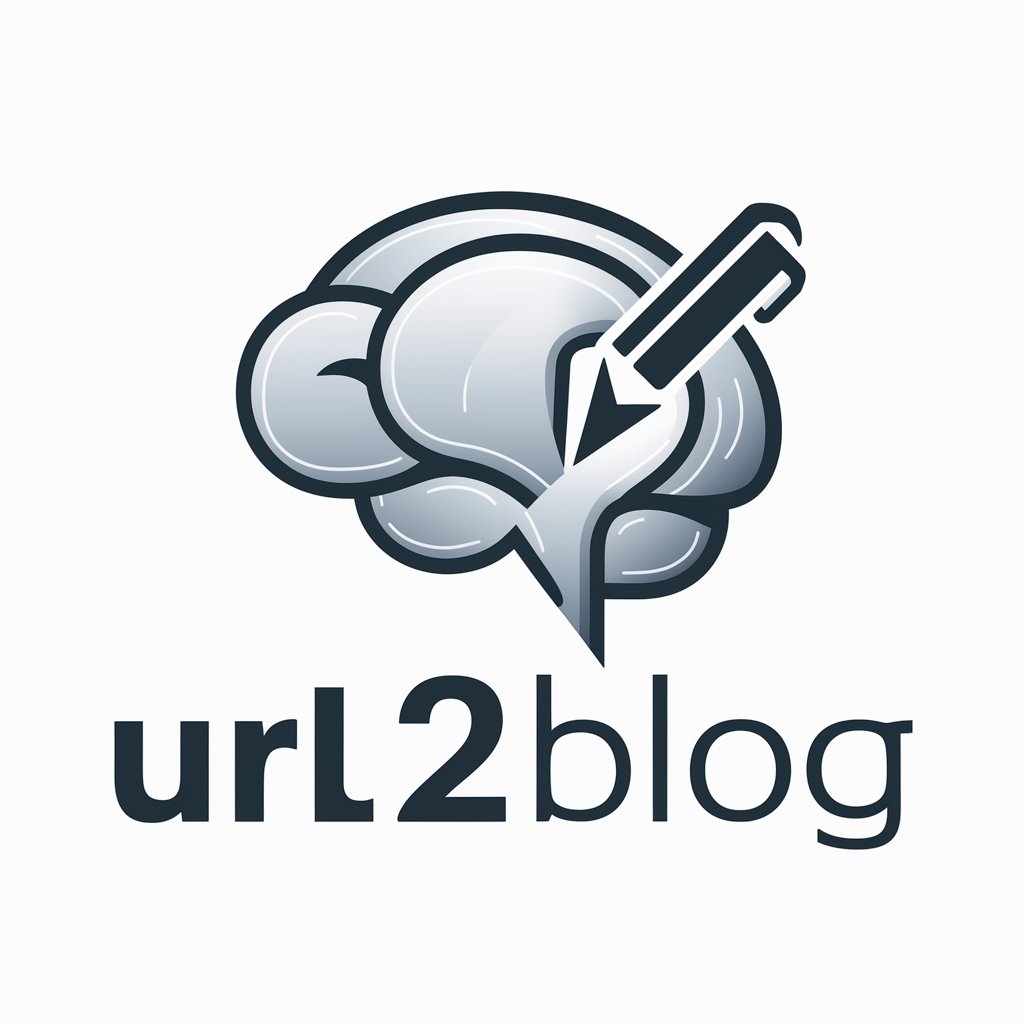
Kohut's Self Psychology - Kohut's Self Psychology Guide

Welcome to Kohut's Insight, your guide to Self Psychology.
Empowering Self Growth with AI
Can you explain the concept of mirroring in Kohut's Self Psychology?
How does idealizing transference function in therapeutic settings?
What role does twinship play in the development of the self?
How can Self Psychology be applied to treat narcissistic personality disorder?
Get Embed Code
Introduction to Kohut's Self Psychology
Kohut's Self Psychology is a therapeutic framework developed by Heinz Kohut in the mid-20th century, focusing on the development and disorders of the self. Unlike traditional psychoanalytic approaches that emphasize drives and instincts, Self Psychology centers on the self and its relational needs throughout life. The core concept revolves around the formation of a cohesive self through responses to three primary types of selfobject needs: mirroring (where the child's sense of greatness is affirmed), idealization (where the child borrows strength from others and identifies with them), and twinship or alter ego (where the child feels likeness with others). Kohut's approach is designed to treat narcissistic disorders and other pathologies stemming from disruptions in self-development. An example scenario illustrating its application might involve a therapist providing the mirroring need for a patient who lacked affirmation of their worth during childhood, helping them develop a healthier, more cohesive self. Powered by ChatGPT-4o。

Main Functions of Kohut's Self Psychology
Therapeutic Empathy
Example
Utilizing empathic attunement to understand and respond to the client's experiences.
Scenario
In a session, a therapist might notice a client's subtle expressions of feeling unacknowledged. By empathically attuning to these signals and reflecting them back to the client, the therapist helps the client feel seen and understood, facilitating healing of self-worth issues.
Selfobject Needs Fulfillment
Example
Providing experiences that meet the client's mirroring, idealizing, and twinship needs.
Scenario
A young adult struggling with low self-esteem due to insufficient mirroring in childhood might be supported by the therapist's validation of their achievements and qualities, effectively offering the mirroring that was missing.
Transmuting Internalization
Example
Facilitating the process by which clients internalize the functions previously needed from others, thus strengthening the self.
Scenario
After a period of therapy where a client has experienced the therapist as an idealized figure, they gradually begin to see themselves as capable of embodying the qualities they admired in the therapist, leading to greater self-reliance and resilience.
Analysis of Narcissistic Pathologies
Example
Identifying and addressing disruptions in self-development that lead to narcissistic disorders.
Scenario
In therapy, a client presenting narcissistic behavior patterns is helped to understand the origins of these patterns in terms of early failures in the empathic environment. Through the therapeutic relationship, they work towards healing these early wounds.
Ideal Users of Kohut's Self Psychology Services
Mental Health Professionals
Psychologists, psychiatrists, and therapists seeking to deepen their understanding of narcissistic disorders and enhance their therapeutic skills, particularly in fostering empathic connections with their clients.
Psychology Students
Students in the field of psychology or psychotherapy who are interested in exploring innovative approaches to understanding the self and its development, aiming to apply these insights in their future professional practice.
Individuals Seeking Personal Growth
Persons with an interest in self-exploration and personal development, especially those who have experienced challenges related to self-esteem, identity, or relationships, and are seeking a deeper understanding of themselves.
Clients with Narcissistic Disorders
Individuals struggling with symptoms of narcissistic disorders, including challenges with self-esteem, empathy, and relationships, who are looking for therapeutic approaches that address the roots of these issues in self-development.

Using Kohut's Self Psychology
Step 1
Begin your journey into Kohut's Self Psychology by exploring a platform like yeschat.ai, which offers a hassle-free trial that doesn't require any login or subscription to ChatGPT Plus.
Step 2
Familiarize yourself with the key concepts of Self Psychology such as mirroring, idealizing, and twinship transferences, and understand how these play a role in the development of the self.
Step 3
Apply the principles of Self Psychology in clinical settings or personal development by practicing empathic attunement and responsiveness to selfobject needs.
Step 4
Use reflective listening and interpretation within therapeutic or supportive conversations to facilitate self-cohesion and repair narcissistic injuries.
Step 5
Continuously evaluate the therapeutic process, adjusting approaches based on the evolving needs and responses of the individual, ensuring a path towards healing and growth.
Try other advanced and practical GPTs
A股情绪周期交易模型
Empowering Trading Decisions with AI-Powered Market Sentiment Analysis

Partner Violence Prediction Model / 伴侣暴力预测模型
AI-powered intimate violence risk predictor

Cancer Care Companion
Empowering cancer care with AI

SalesTech AI
Revolutionize Sales with AI-Powered Insights

Beautify Me
Enhance Your Photos with AI Precision

Cosmic Creator
Create and guide extraterrestrial civilizations

A股短线交易策略专家
Strategize Your Trades with AI

URL2Blog
Revolutionizing Blogging with AI

东升二中 AI Teacher
Empowering Education with AI

Linguist Librarian
Bringing Languages Together with AI

Agile Uni Bot
Empowering Agile Journeys with AI
全职法师之唯我独属
Bringing Magic Worlds to Life with AI

Q&A about Kohut's Self Psychology
What is Kohut's Self Psychology?
Kohut's Self Psychology is a psychoanalytic theory that focuses on the development of the self through relationships with others who provide functions of mirroring, idealization, and twinship. It emphasizes the treatment of narcissistic disorders and the importance of empathy in human development.
How does mirroring function in Self Psychology?
In Self Psychology, mirroring refers to the validation and affirmation of an individual's sense of self by significant others. This process allows the individual to develop a cohesive self-image and self-esteem, crucial for psychological well-being.
What role does idealization play in the development of the self?
Idealization in Self Psychology involves the individual's need to look up to and internalize aspects of another person, typically a caregiver, who embodies strength, calmness, and competence. This helps in building the individual's internal structures and coping mechanisms.
Can Self Psychology be applied in non-clinical settings?
Yes, Self Psychology principles can be applied in various non-clinical settings, such as in educational environments, leadership and management, and personal relationships, to enhance empathy, understanding, and interpersonal dynamics.
How does Self Psychology view narcissistic disorders?
Self Psychology views narcissistic disorders as stemming from disruptions in the development of the self due to inadequate empathic responses and failures in selfobject functions during early relationships. It emphasizes therapeutic strategies aimed at repairing these disruptions.